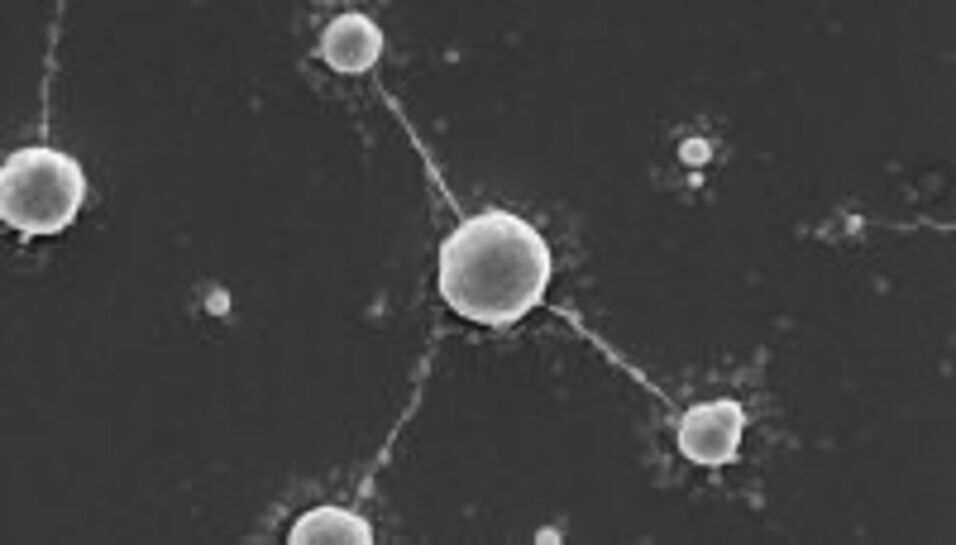Publication in "Frontiers in Microbiology"
Milojevic T*, Albu M, Blazevic A, Gumerova N, Konrad L and Cyran N (2019) Nanoscale Tungsten-Microbial Interface of the Metal Immobilizing Thermoacidophilic Archaeon Metallosphaera sedula Cultivated With Tungsten Polyoxometalate. Front. Microbiol. 10:1267. doi: 10.3389/fmicb.2019.01267
https://doi.org/10.3389/fmicb.2019.01267
Blazevic A, Albu M, Mitsche S, Rittmann S, Habler G and Milojevic T* (2019) Biotransformation of scheelite CaWO4 by the extreme thermoacidophile Metallosphaera sedula: tungsten-microbial interface. Front. Microbiol. 10:1492. doi: 10.3389/fmicb.2019.01492
https://doi.org/10.3389/fmicb.2019.01492

